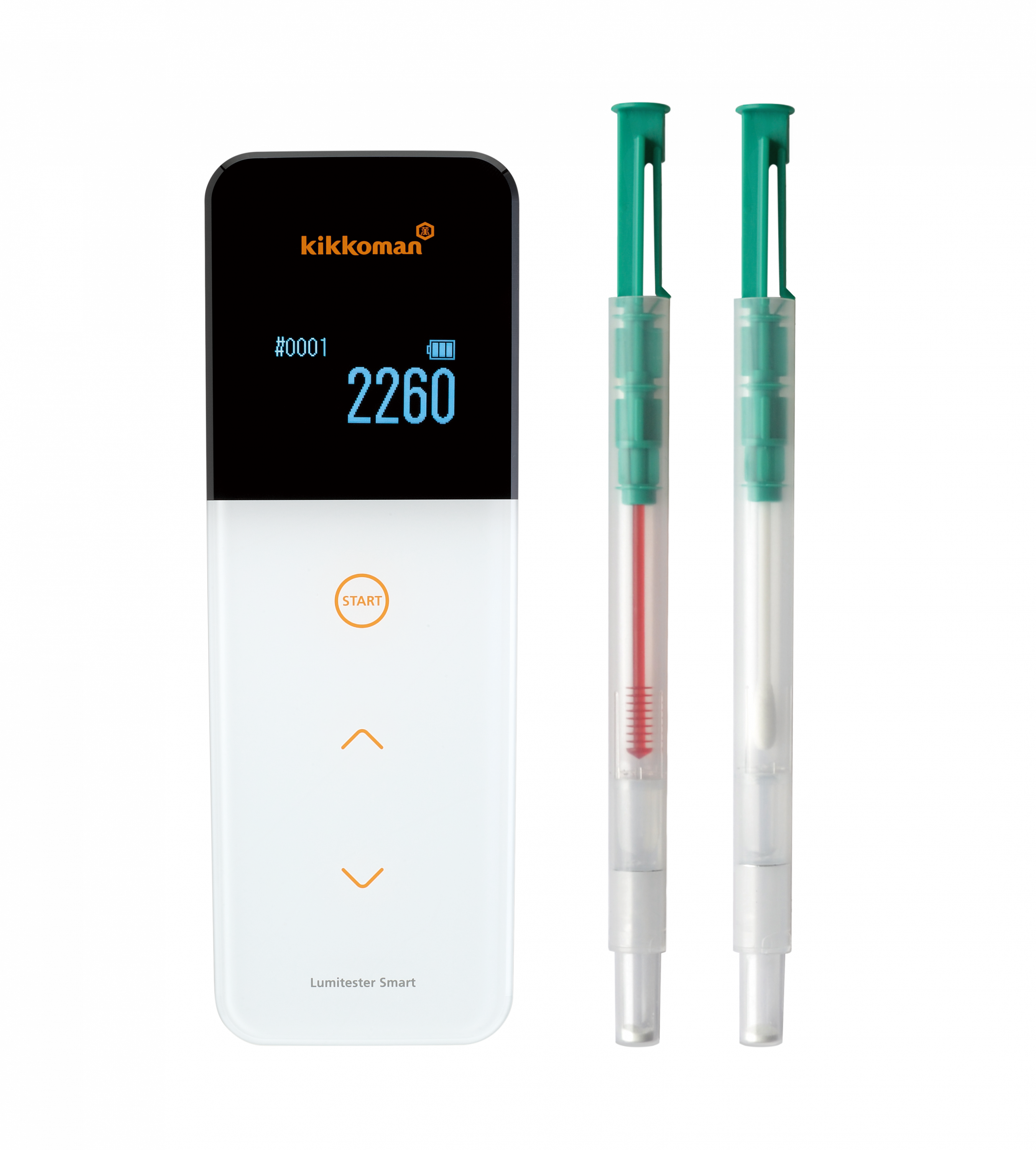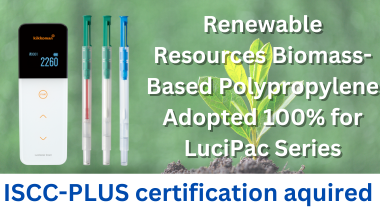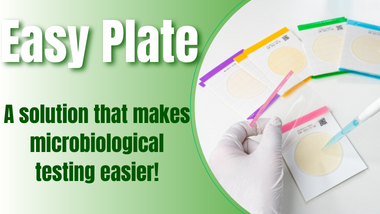As the temperature rises, so does the risk of foodborne illness!
The transition of foodborne illness risk by month
The risk of foodborne illness increases as the temperature rises. In Japan, this is particularly important during summer. High temperatures keep food in the dangerous zone, the ranges of temperatures where bacteria can rapidly multiply for a long period of time. Data from 2020 clearly show that the number of cases of foodborne illness caused by bacteria is high during these seasons.
(Source: Food Poisoning Statistics, Japan Ministry of Labor and Statistics, January-December 2020. Note: The decrease was observed in February and March compared to previous years is attributed to the impact of the spread of the new coronavirus infection.)
Percentage of foodborne illness outbreaks by facility
For ten consecutive years, restaurants have accounted for a high percentage (>50%) of foodborne illness outbreaks. Food delivery and take-out services present a unique risk due to the time lag between the preparation of food and time when it is consumed by customers.
Restaurants, homes, stores, meal-providing services*, inns, caterers Percentage of food poisoning cases (%) (Source: Food Poisoning Statistics, Japan Ministry of Labor and Statistics. *Total for offices, schools, and hospitals.)
Food supplier requires proper hygiene management for take-out and deliveries.
The key principles for prevention of food poisoning prevention are 1) preventing bacterial adhesion, 2) preventing their proliferation, and 3) defeating them. The following are the measures that should be taken by restaurants to comply with each of these principles:
| Key principles | Main measures | Examples of actions to be taken at restaurants | Applicable |
|---|---|---|---|
| Preventing bacterial adhesion | 1) Inspect incoming raw materials | Inspect the condition of incoming food and ingredients at the time of purchase; make sure your suppliers are reliable and inspect the food and ingredients again before cooking. | |
| 2)Prevent cross-contamination and secondary contamination | Keep raw meat and fish separate from other foods. Sort them into airtight plastic food storage containers where possible. Use separate cooking utensils for meat preparation and other foods. Do not use dirty utensils for cooking. Clean surfaces frequently. Especially those that come into contact with hands (e.g., refrigerator handles, water faucets). | ★ | |
| 3)Cleaning of cookware | Wash and dry properly. Do not allow unwashed cookware to remain out where it may be used for cooking. | ★ | |
| 4)Cleaning and disinfecting toilets | Properly clean and disinfect important areas to prevent norovirus. | ★ | |
| 5)Health care and wearing work clothes | Do not cook if you are sick or have a fever. Wear clean work clothes. | ||
| 6)Hygienic hand washing | Wash your hands frequently. Always wash your hands immediately upon coming to work at the restaurant (prevent introducing germs or viruses from outside), before starting to cook, and after using the restroom. | ★ | |
| Prevent bacterial proliferation | Proper cooking | Heat chicken and beef to an internal temperature of 75 °C for 1 minute. (Temperatures that have been shown to kill Campylobacter and E. coli O157). | |
| Defeating bacteria | Proper storage at low temperatures | Keep sashimi, salads, and other cold foods. below 10 °C. Do not leave sauces, etc. at room temperature |
Food service employees want to do a good job, but a busy and hectic environment that is a restaurant kitchen, it may seem difficult to adhere to all of these principles. It is very important to raise the awareness of your employees, so they consistently focus on food safety and following these principles part of your everyday food safety culture.
Cleaning is especially important for the items above marked with an asterisk (★). The Kikkoman Lumitester and LuciPac can help assure that cleaned items are clean. You can measure how clean your surfaces are and be sure they have been cleaned properly. The Kikkoman Lumitester and LuciPac are important tools for hygiene management.
Need help preventing foodborne illness? Lumitester and LuciPac is what you need!

Left to Right: Screenshot of data App; Lumitester Smart (measuring instrument): LuciPac A3 (test reagent)
Addendum: Can you get a new coronavirus infection through food? As described in the Q&A section about the novel coronavirus on the Japan Ministry of Health, Labour and Welfare’s website, there have been no reported cases of novel coronavirus infection through food. The major routes of transmission in the novel coronavirus infection are thought to be droplet infection and contact infection. The Ministry states that there is no need for concern for foodborne transmission and food service employees need only to focus on general hygiene management principles to prevent food poisoning, such as personal physical hygiene of food handlers, frequent hand washing (including the use of alcohol-based sanitizers and cough etiquette, at each stage of production, distribution, preparation, and food service).









